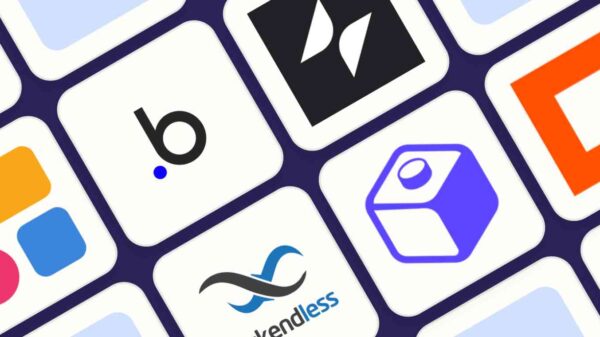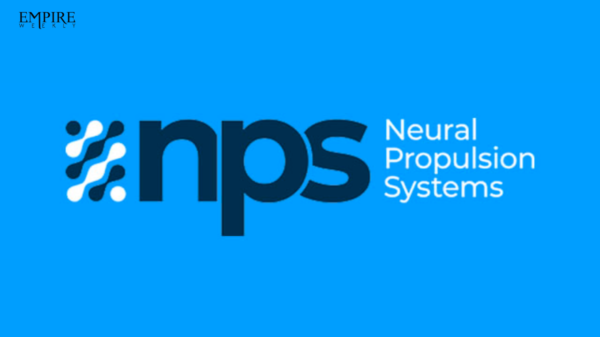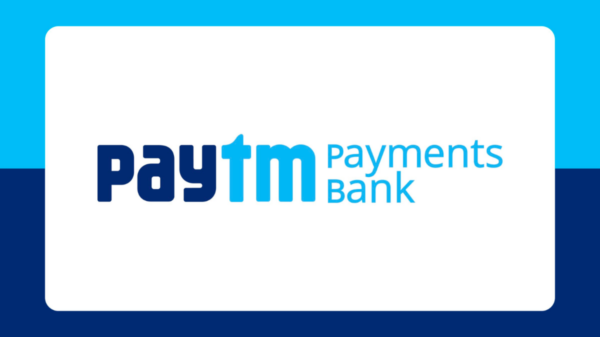IPO – Initial Public Offering is a process through which private companies offer their equity share to the public and convert themselves from the privately held company into a public one. By definition, there are a lot of terminologies that we first need to understand.
Private Companies: A private company is an entity whose shares have been held privately and have not been traded in a public stock exchange. The share of the private company cannot be freely traded.
Equity Share: Equity Share or Equity stock basically represents the company’s capital. The entire capital is broken down into shares that can be subscribed to by the stakeholders.
Public Companies: A public firm whose ownership is distributed to the general public through the free sale of stock shares over-the-counter at markets or on exchanges.
Primary Market: A market where the securities are actually created. In this market, the new shares of the company are sold. An initial public offering(IPO) is an example of a primary market.
Secondary Market: Those securities(issued during IPO) are traded by investors freely in the secondary market. Here BSE and NSE are the secondary markets, i.e., stock markets are basically secondary markets.
An IPO is initiated to infuse new capital into the firm and facilitate easier trading of their shares to the public.
So, How does an IPO actually work?

IPO jamboree is a months-long process. IPO involves many regulatory compliances as mandated from time to time as prescribed by the Securities and Exchange Board of India or as commonly referred to as SEBI.
Firstly, Investment bankers/Underwriters are appointed for the IPO Process. Underwriters are those investors who underwrite/agree to buy a fixed number of shares from the company if the IPO is not fully subscribed by the public.
Choosing the right investment bankers is really important here for the company since they would also be advising the company throughout the IPO process.
It is also mandatory to have underwriters as per the rules and regulations set by SEBI under Securities Exchange Board of India (Underwriters), 1993. The underwriters would also be required to be paid a commission. The maximum allowable commission is 2.5% of the issue price, as per the guidelines of SEBI.

After the underwriters are appointed, the IPO needs to be registered with SEBI along with the Draft Red Herring Prospectus. DRHP is basically a preliminary legal document that contains all the company’s details. We read about LIC filing DRHP with SEBI. You can read more about LIC’s IPO.
After application, the SEBI verifies the DRHP for discrepancies and errors. After SEBI approves the same, the company can set a date for IPO and apply to the stock exchanges they want their shares to be listed.
During the DRHP filing and applying to the stock exchange, the company also needs to hype up its IPO to get the maximum traction from the public.
They need to create a buzz in the financial industry. They also need to generate hype among non-investor so that new first-time investors also get interested.
There are two types of IPOs offered in the Indian Market: Fixed price and book building issues.
Fixed Price Issue: The price at which shares would be sold and allotted is made known to the investors in advance
Book Building Issue: The issuer offers a range of 20% within which investors can bid. The final price of the shares is decided after the bidding is closed. This range is called the IPO price band. Both institutional and retail are called to submit their bids within this price range.
Issuers prefer book building issues over fixed price issues as the process allows them to discover the price and demand.
Finally, the issue is open on the date mentioned earlier by the company, and the shares are sold in the primary market.
The shares are then allotted to the investor within 10 days of the last date of bidding.
There are a few outcomes of the bidding process are as follows:
Oversubscription: It is referred to a situation when a company receives more applications from investors than the number of shares made available for the public to subscribe to.
Under subscription: It is referred to a situation when the number of shares applied by the public is less than the shares issued by the company for allotment. An offering is undersubscribed when the underwriter cannot get enough interest in the shares for sale. According to SEBI, every company needs a minimum subscription of ninety percent of the issued amount on the closure date.
If this does not happen, the company is required to refund the entire subscription amount. There is no loss to the invested people as the money will be returned to them. The company will not receive any money as well. Although there is neither profit nor loss made, the confidence enjoyed by the company in the market will suffer a blow. Before the IPO phase begins, they should agree with the underwriters specifying the details of unsold shares to be bought in case of under subscription.
Green Shoe Option: It is an overallotment option. When the underwriting agreement permits the underwriter to sell more shares than initially planned by the company. This is done when there is a higher demand for the shares than expected.
There are multiple types of investors to which IPO is offered:
Qualified Institutional Buyers (QIB): These are public and financial institutions, banks, and foreign funds. 50 % of the IPO is set aside for QIBs.
Retail Individual Investor (RII): These are Indian Individuals, HUFs, and can apply in an IPO for less than 2 Lakh rupees. Minimum 35% is set aside for RIIs in the IPO.
Non-Institutional Investors: All individuals, other than QIBs and are applying for less than 2 Lakh Rupees are Non-Institutional Investors(NII)




































